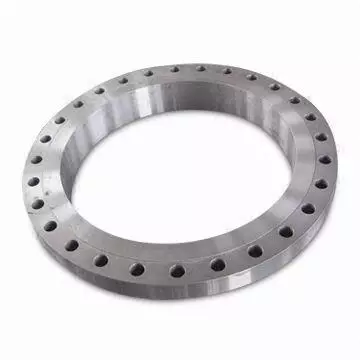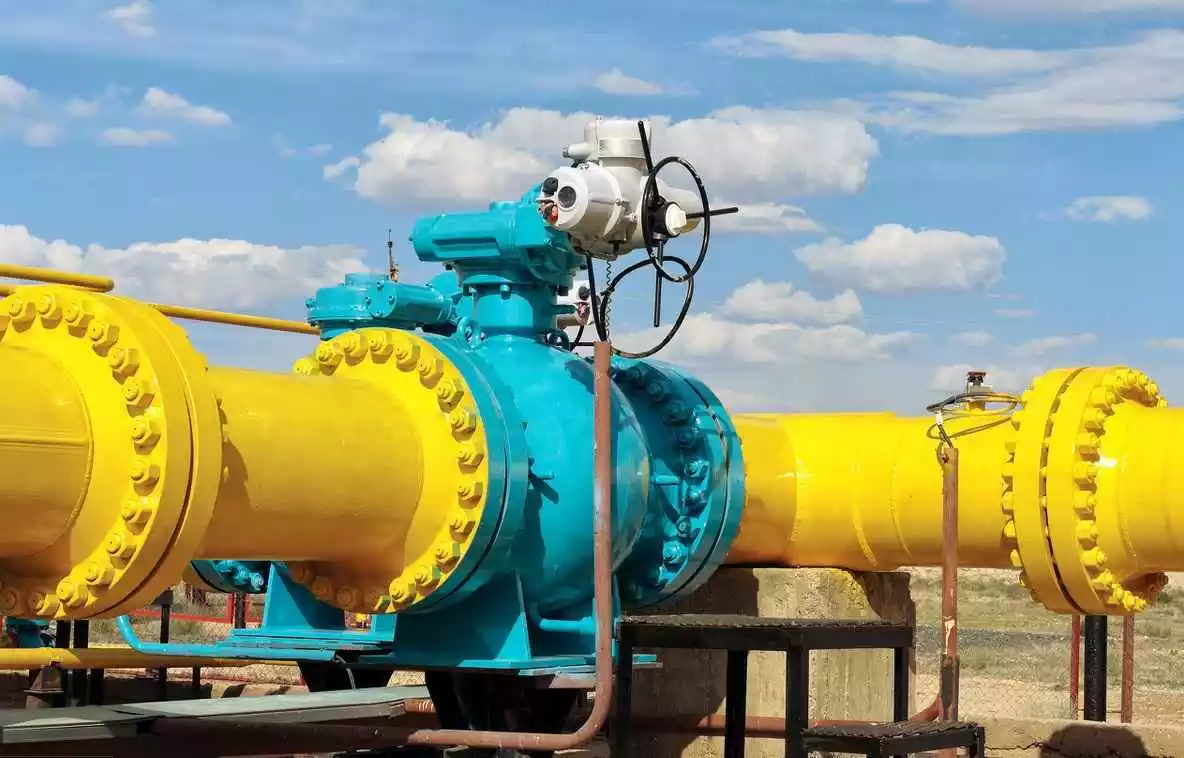What Is Flange And What Are The Types of Flange?
In fact, the name of flange is a transliteration. It was first put forward by an Englishman named Elchert in 1809. At the same time, he proposed the casting method of flange. However, it was not widely used in a considerable period of time later. Until the early 20th century, flange was widely used in various mechanical equipment and pipe connections.
 What is flange?
What is flange?Flange is also known as flange convex disk or convex plate. As for those engaged in mechanical or engineering installation of small partners, they should be very familiar with flange. It is a disk-shaped parts, generally used in pairs.
It is mainly used between the pipe and the valve, between the pipe and the pipe and between the pipe and the equipment, etc. It is the parts connecting with sealing effect. There are many applications between these equipment and pipes, so the two planes are connected by bolts, and the connecting parts with sealing effect are called flange.
Generally, there are round holes on the flange to play a fixed role. For example, when using at the pipe joint, a sealing ring is added between the two flange plates. And then the connection is tightened with bolts. The flange with different pressure has different thickness and different bolts. The main materials used for the flange are carbon steel, stainless steel and alloy steel, etc.
Due to its important role and good comprehensive performance, flange is widely used in chemical, petrochemical, fire and drainage industries.
As a kind of connector, flange is widely used in the world, which requires a unified standard. For example, there are two standard systems for pipe flange.
They is the European pipeline flange system, namely the European pipeline flange system represented by German DIN (including Russia), and the American pipeline flange system represented by American ANSI pipe flange.
In addition, there are JIS pipeline flange system in Japan and steel pipe flange system GB in China, but the main dimensions are based on European system and American system.
Types of flange
The structure of the flange is relatively simple. It is composed of the upper and lower flange plates, the middle gasket and several bolts and nuts.
From the definition of flange, we can know that there are many kinds of flange, and its classification needs to be distinguished from different dimensions. For example, according to the connection mode, flange can be divided into integral flange, flat welding flange, butt welding flange, loose sleeve flange and threaded flange, which are also common flange.
Integral flange (IF) is generally used in the pipeline with high pressure. It is a kind of flange connection mode, and has a long neck. It is usually formed by one-time integral casting, and the materials used are generally carbon steel, stainless steel, etc.
Flat welding flange is also known as tower welding flange. It is completed by welding when connecting with vessel or pipeline. This kind of flat welding flange has the characteristics of easy assembly and low price. It is mainly used in the pipeline with less pressure and vibration.
Butt welding flange is also known as high neck flange. The biggest difference between butt welding flange and other flanges is that it has a protruding high neck. The wall thickness of the protruding high neck will gradually be the same as the thickness and diameter of the pipe wall to be butted with the height, which will increase the strength of the flange. Butt welded flange is mainly used in places with large environmental changes, such as high temperature, high pressure and low temperature pipeline.
Loose flange is also known as looper flange. This kind of flange is mostly used on some non-ferrous metal and stainless steel pipes, and the connection is realized by welding. It can be rotated. And it is easy to align the bolt hole, so it is mostly used in the connection of large diameter pipeline and often need to be disassembled. However, the pressure resistance of loose flange is not high. So it can only be used for the connection of low-pressure pipeline.
There are threads in the flange plate of the threaded flange, which requires that the internal pipe also has external thread to realize the connection. It is a non welding flange, so it has the advantages of convenient installation and disassembly compared with other welding flange. In the environment of high or low temperature, the threaded flange is not suitable for use, because the thread is easy to leak after thermal expansion and cold contraction.

Related News
- Installation of Main Bolts for Lap Joint Flange in High-Temperature Gas-Cooled Reactors
- Structural Design and Finite Element Analysis of Anchor Flanges
- Key Welding Technology for High-Neck Flange and Steel Pipe Joints
- The Design and Calculation of Stamped Lap Joint Flanges
- Development of Manufacturing Large Anchor Flanges
- Hardfacing the Inner Surface of Long-Neck Flanges Using CO₂ Gas-Shielded Welding
- UHV High-Neck Flange Welding
- Application of High-Neck Flange to UHV Steel Pipe Tower
- Analysis of the Cracking Cause of High-Neck Flanges
- Anchor Flanges for the East-West Gas Transmission Project

